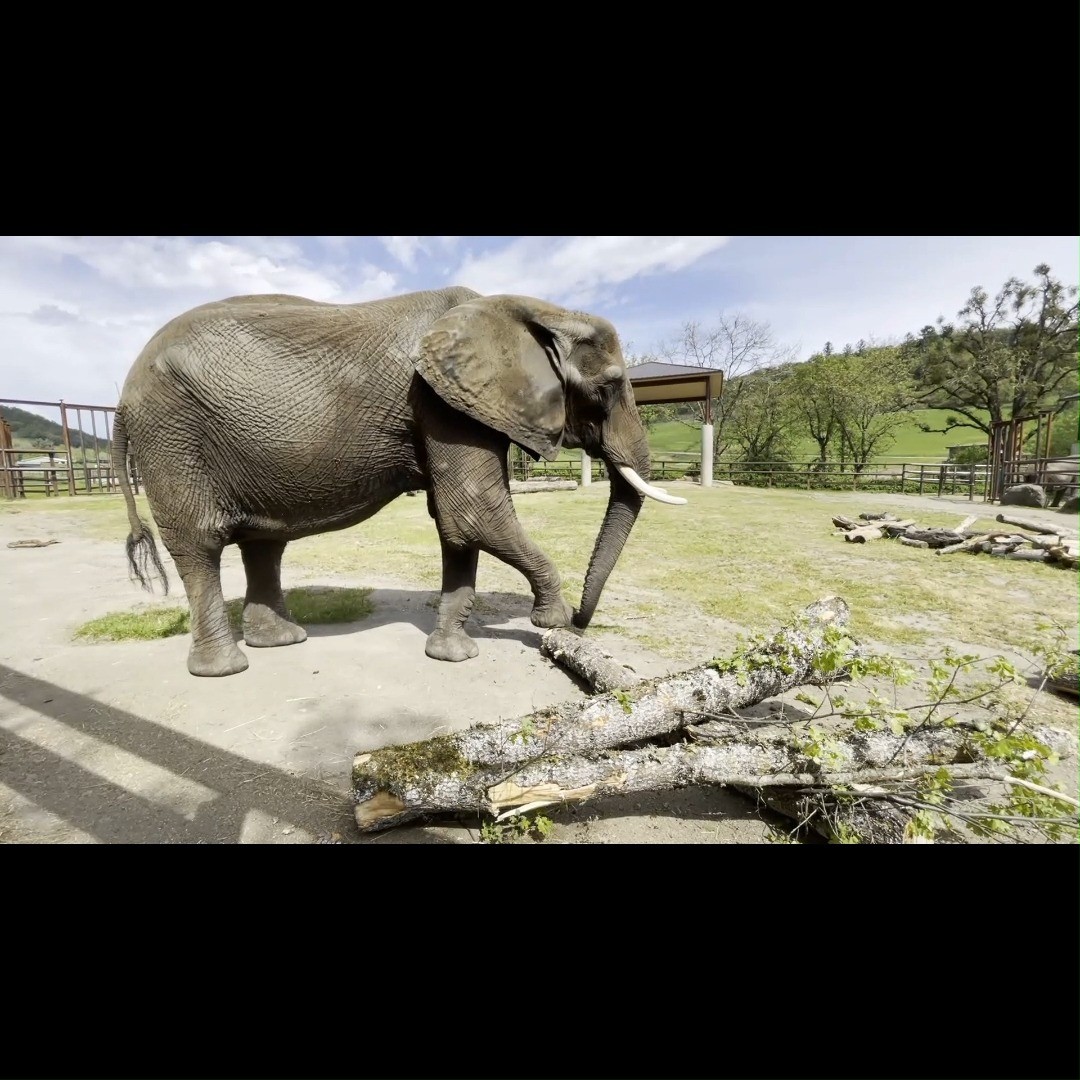Did you know that elephants have the astonishing ability to devour an entire tree? Yes, you read that right! These magnificent creatures not only love munching on the leaves and twigs, but they also relish the logs, bark, and even the softer wood inside the trees. Let’s delve into the fascinating world of elephant dining habits and unveil the incredible ways they enjoy their arboreal feasts.
1. Elephants’ versatile taste buds:
Elephants, being herbivores, have developed a wide-ranging palate over millions of years of evolution. While their diet mainly consists of grasses, shrubs, and fruits, they have also relished the taste of various tree parts. They can extensively browse woody vegetation such as leaves and twigs, but their ability to consume whole trees is remarkable.
2. Valerie’s bark-stripping technique:
Meet Valerie, a remarkable elephant who has mastered stripping bark off a log using her toenails. Elephants possess an incredible number of toenails, which can vary between species or even among individual elephants. These toenails act as armor, protecting their feet as they roam, dig, or engage in bark-stripping adventures. Valerie’s toenails may not be the most aesthetically pleasing, but they do the job!
3. The role of elephants in shaping ecosystems:
Elephants’ voracious appetite for trees plays a vital role in maintaining the health and balance of ecosystems. As they consume vegetation, including whole trees, they assist in controlling the growth of certain plant species and promote regrowth. By opening up clearings in dense forests and spreading seeds through their droppings, elephants contribute to the regeneration of forests, ensuring the survival of diverse flora and fauna.
4. The digestive marvel of the mighty elephants:
Elephants have a remarkable digestive system that enables them to extract nutrients from various plant materials, including tree bark and wood. Their digestive process begins in their spacious stomachs, where they ferment food through the actions of bacteria. This fermentation process breaks down the tough cellulose found in tree bark and wood, allowing the extraction of vital nutrients. So, the next time you see an elephant munching on a tree, remember that it’s their extraordinary digestion at work!
5. Conservation challenges and efforts:
Despite their ecological significance, elephants worldwide face numerous threats, primarily due to habitat loss, poaching, and human-wildlife conflict. We must recognize the importance of protecting these incredible animals and their natural habitats. Many conservation organizations and dedicated individuals are working tirelessly to safeguard elephant populations and their ecosystems, ensuring a future where they can roam freely and enjoy their arboreal delicacies.
In conclusion, the fact that elephants can devour an entire tree is just one of these majestic creatures’ many unique and awe-inspiring aspects. Their versatile taste buds, bark-stripping techniques, role in shaping ecosystems, digestive marvels, and the conservation challenges they face all contribute to the remarkable world of elephants. So, let’s marvel at the wonders of nature and join hands in preserving these magnificent animals and the habitats they call home. After all, nature’s beauty lies in its diversity, and elephants certainly add a touch of wonder to our world.
*****
Source Description
Did you know that elephants will eat a whole tree?
Elephants love to eat trees; they will eat the leaves, the twigs, the logs, the bark, and the softer wood inside the tree. Valerie is showing off her technique of stripping bark off a log using her toenails. The number of toenails an elephant has can vary between species or even between individual elephants. Each toenail acts like a plate of armor to protect an elephant’s foot as they walk, dig, or, in Valerie’s case, strip bark off of a log for a tasty treat. Valerie’s toenails might not be the prettiest, but they do the job!


